Andalusia is one of Spain’s largest regions and is made up of eight different provinces - Almería, Granada, Málaga, Jaén, Córdoba, Seville, Cádiz and Huelva.
Even though they have plenty in common - great food, friendly locals, scorching summer weather, lots of history and a lacklustre job market - choosing between them can be a difficult decision as each province/city is unique and offers a different lifestyle.
Here's our guide to help you decide.
Almería
Almería is Andalusia’s easternmost and smallest province, located right on the very corner of the country, just under the region of Murcia. It’s made up of coastal resorts on the southern edge and a dry and barren interior, which is sparsely populated. In fact, it’s one of the warmest and driest areas in Europe and is home to the continent's only desert – the Desierto de Tabernas.
With a total of 320 km2 given over to agriculture, it’s known as the ‘Orchard of Europe’ and is home to one of the most extensive greenhouse areas in the world.
READ ALSO: What is Spain's 'sea of plastic' and does it affect UK food shortages?
Almería is one of the least populated provinces in Andalusia, but Almería city itself is home to just over 17,200 British people. The city has plenty of interesting attractions, including the Spanish Guitar Museum and the mesmerising Moorish fortress of the Alcazaba, the largest Arab citadel in the country. It also has a lively bar and nightlife scene, where you can choose from extensive menus of free tapas (when you buy a drink).
Besides its main city, the coastal areas are popular options to base yourself in, such as Roquetas de Mar. On the eastern edge of Almería province sits one of its best features - the Cabo de Gata-Níjar National Park, where ancient volcanic landscapes meet the Mediterranean and you can still find huge swathes of empty beaches - even in summer.
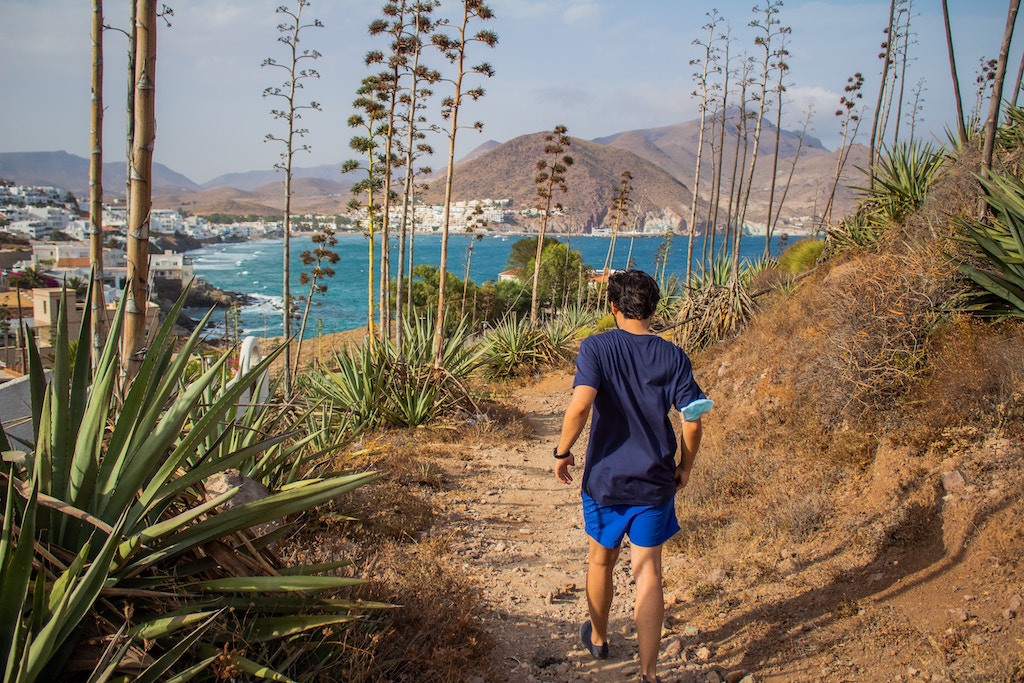 The Cabo de Gata Natural Park in Almería is a great place to explore nature. Photo: Victoriano Izquierdo / Unsplash
The Cabo de Gata Natural Park in Almería is a great place to explore nature. Photo: Victoriano Izquierdo / Unsplash
Granada
The Granada province lies to the west of Almería and stretches from the Costa Tropical up to the border with Murcia. One of the country’s most mountainous provinces, it’s home to the highest peak on mainland Spain – Mulhacén, part of Granada’s Sierra Nevada Mountain Range and the most southern ski slopes in Europe.
The north of the province is very rural with miles upon miles of olive groves, reaching up to Jaén, while the southern and coastal areas are more populated. Almuñécar is a favourite coastal town with foreign residents, but there are many others which have a more local vibe such as Salobreña.
READ ALSO - TRAVEL: Spain's Granada named cheapest in Europe for city escape
Las Alpujarras, the mountainous area to the south of the Sierra Nevada, is another area of Granada that many foreigners have decided to call home. Comprising picturesque whitewashed villages, farmhouses and miles of hiking routes, it’s ideal for lovers of the rural lifestyle.
The capital Granada itself is one of Spain’s most atmospheric and captivating cities, celebrated for its Moorish heritage and the grand Alhambra Palace.
It’s a relatively small city, but has a lively foreign community and an excellent university attracting students from around the country.
One possible disadvantage for some are the cold winter temperatures, which may explain the slightly brash character of granaínos, according to the locals themselves.
READ MORE: Why are people from Granada so moody?
 If you choose Granada, you could look at this stunning Alhambra view every day. Photo: Jorge Fernández Salas / Unsplash
If you choose Granada, you could look at this stunning Alhambra view every day. Photo: Jorge Fernández Salas / UnsplashMálaga
Málaga is one of the most well-known Andalusian provinces, favoured both by tourists and foreign residents. The latest census stats show that in 2022 Málaga welcomed a total of 56,242 inhabitants, of which 44,656 were foreigners and 11,586 were nationals.
According to recent data from Spain’s National Statistics Institute (INE), 10 new residents moving to Málaga are currently foreigners. There are currently just over 3,200 British citizens per 100,000 in the province.
Many choose the province because it's home to the famed Costa del Sol and its buzzing resort towns, but it's also home to countless pueblos blancos or white villages for those who prefer and more down-to-earth lifestyle.
Málaga city itself was also recently voted as the top destination for foreigners to live by InterNations Expat City Ranking 2023. The city is becoming somewhat of an Andalusian tech hub, home to 630 companies, 60 of them international and has even been likened to Spain's Silicon Valley.
READ ALSO: Why Spain's Málaga is becoming a victim of its own success
Being so popular though, means that Málaga city is also one of the most expensive places to live in Andalusia. According to a study by HelloSafe, Málaga is the second most expensive province in the country when compared to the average salary, just behind Barcelona. It estimates that 81 percent of the average salary in Málaga is used on living and rent. Rental prices have increased by 16.5 percent compared to the end of 2022.
 Life in Málaga city is never dull. Photo: Jorge Fernández Salas / Unsplash
Life in Málaga city is never dull. Photo: Jorge Fernández Salas / UnsplashJaén
Jaén sits above the province of Granada and is totally landlocked, with no coastline at all. It’s Spain’s centre of olive oil, meaning that it’s relatively sparsely populated as much of the land is given over to olive groves. Spain produces half of the world’s olive oil 38 percent of this comes from Jaén.
Jaén is one of the least-favoured regions in Andalusia among both foreign residents and visitors. This makes it a great opportunity for those who want to immerse themselves completely in Andalusian culture. Other than its olive oil, it's known for having some of the best Renaissance architecture in the country (in UNESCO Úbeda and Baeza) and excellent free tapas.
Jaén capital doesn't stand out like most big Andalusian cities, but it certainly has its charms. Jobs are few and far between here for foreigners, however, so it would suit those who work remotely.
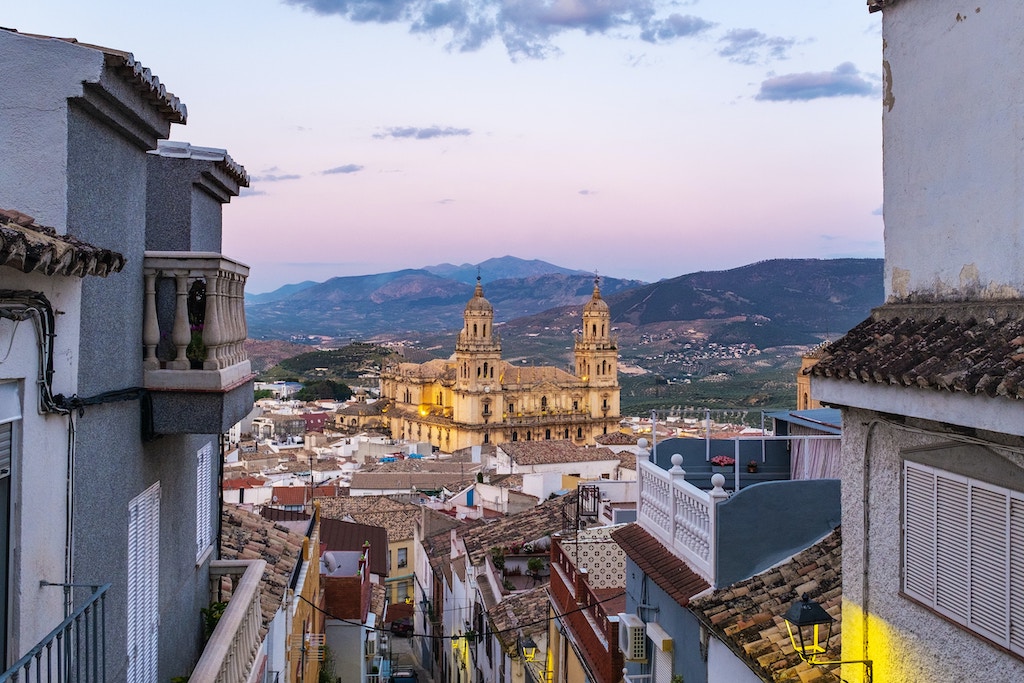 Jaén may not be somewhere you've considered, but there are many rewards to the lifestyle here. Photo: Andres Garcia / Unsplash
Jaén may not be somewhere you've considered, but there are many rewards to the lifestyle here. Photo: Andres Garcia / Unsplash
Córdoba
The province of Córdoba sits between Jaén and Seville, north of Málaga. Both visitors and foreign residents are drawn to the province for its beguiling capital, the Moorish city of Córdoba itself. Its jewel is the UNESCO La Mezquita – part Moorish mosque and part Catholic cathedral. It’s also known for its patios – secret fountain-filled gardens which open up to the public each May during the Patios Festival.
While it vies for the title of one of Andalusia’s most attractive provinces with several others, the one category Córdoba definitely excels at temperature. Yes, Córdoba wins the title of the hottest province in Spain and summer temperatures regularly exceed 40C. In the last few years, the province has even recorded temperatures in the 30s as early as April.
Without a coastline, may find Córdoba unbearable to live in during the summer months and even locals escape to the nearby Costa del Sol or Costa de la Luz.
 Córdoba is both captivating and charming, but can you handle the heat? Photo: Jean-Baptiste D / Unsplash
Córdoba is both captivating and charming, but can you handle the heat? Photo: Jean-Baptiste D / UnsplashSeville
Seville city is not only the capital of the province of Seville but also of the entire Andalusia region. Along with Málaga, it offers the widest variety of culture, entertainment and services in the region.
One of the birthplaces of flamenco, along with Granada and Córdoba, this is the province that will offer you the most “traditional” Spanish culture that most visitors immediately think of when picturing Spain. Add this to some of the most romantic architecture in the country and some of the best and most innovative tapas scenes, and you can see why many love to call it home.
READ ALSO: How much does it really cost to live in Seville?
According to the latest census information, foreigners represent 4.8 percent of the total population in Seville.
On the downside, like Córdoba, Seville often competes for the title of hottest province in Spain and typically comes in second place. It also doesn’t have a coastline, but if you’re based in the more rural areas to the south of the province, getting to the beaches in the province of Cádiz won’t take long at all.
 Seville's Feria de Abril is one of the main highlights of the year here. Photo: CRISTINA QUICLER / AFP
Seville's Feria de Abril is one of the main highlights of the year here. Photo: CRISTINA QUICLER / AFP
Cádiz
This leads nicely on to Cádiz, nestled in between the provinces of Málaga and Huelva and home to the lovely Costa de la Luz.
Cádiz city itself is the oldest city in Western Europe and was founded 3,000 years ago by the Phoenicians. Packed with history and culture, it’s a great city to base yourself in.
The province is also known for being at the centre of Spain’s sherry production and home to the Sherry Triangle between Jerez de la Frontera, El Puerto de Santa Maria and Sanlúcar de Barrameda. It’s also loved for its excellent seafood, think tortillitas de camarones (shrimp fritters).
Water sports fans will also get on well in Cádiz, being home to the wind capital of Europe - Tarifa - the best kite and windsurfing conditions on the continent.
This province suits lovers of the outdoors and a slower pace of life. It's also home to many of Andalusia's much-loved pueblos blancos (white villages), but if you're looking for big buzzing resorts, lots of employment opportunities and large foreign communities, then you may want to look towards Málaga instead.
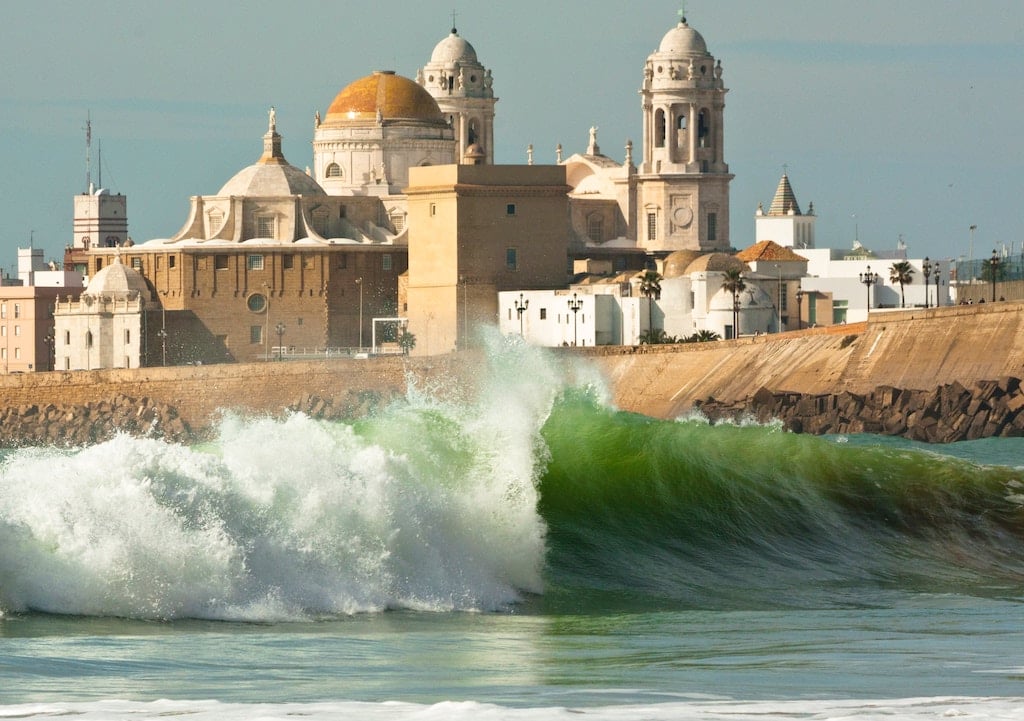 Cádiz city is one of the oldest in Western Europe. Photo: Benjamin Del Pino / Unsplash
Cádiz city is one of the oldest in Western Europe. Photo: Benjamin Del Pino / Unsplash
Huelva
Huelva is Spain’s westernmost province and borders southern Portugal. It’s famed for its delicious strawberries which are sold throughout Europe and its rich mining history. It also has a strong connection to Doñana National Park, which occupies its south-eastern edge. The park is one of the most important wetlands in Europe and home to hundreds of migratory bird species.
READ ALSO - EXPLAINED: Spain's €1.4-billion plan to save endangered Doñana wetlands
The city of Huelva itself is often mocked for not being a very pretty city, unlike many others in Andalucia which are celebrated for their beauty. If you’re looking for an affordable property by the beach, however, Huelva could be a great option as it has some of the cheapest coastal properties in the country. According to the latest Idealista property portal stats, the average price of buying a house in the province is €1,239 /m2.
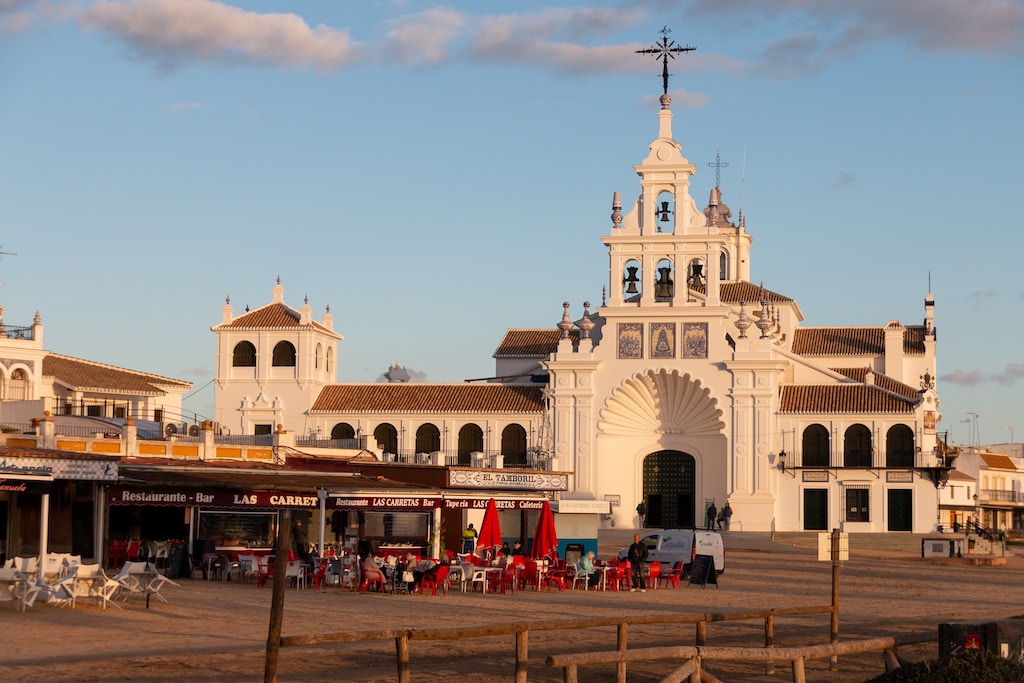 El Rocío is the village that time forgot, almost part of Doñana itself. Photo: Armando Suárez Cueto / Unsplash
El Rocío is the village that time forgot, almost part of Doñana itself. Photo: Armando Suárez Cueto / Unsplash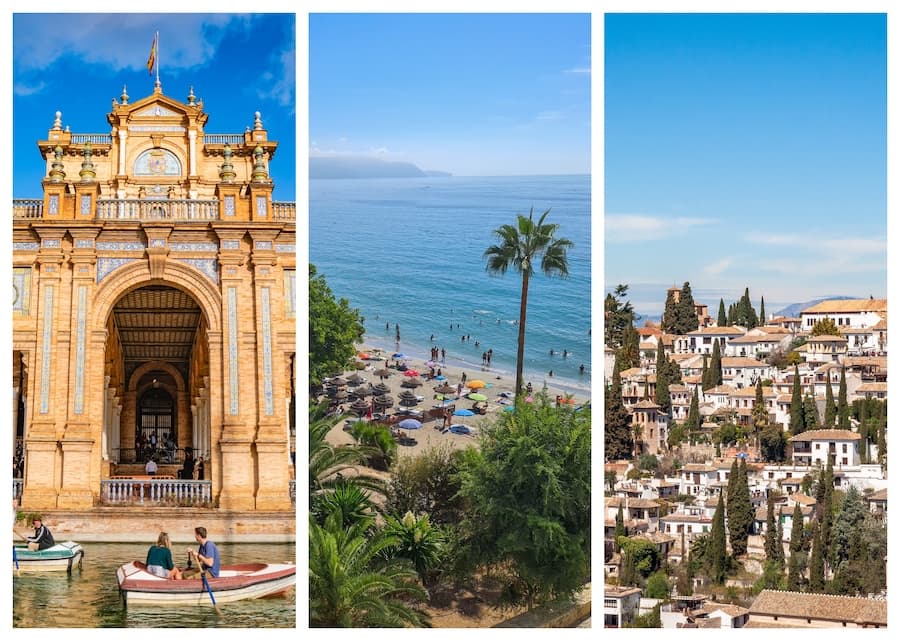
Join the conversation in our comments section below. Share your own views and experience and if you have a question or suggestion for our journalists then email us at [email protected].
Please keep comments civil, constructive and on topic – and make sure to read our terms of use before getting involved.
Please log in here to leave a comment.